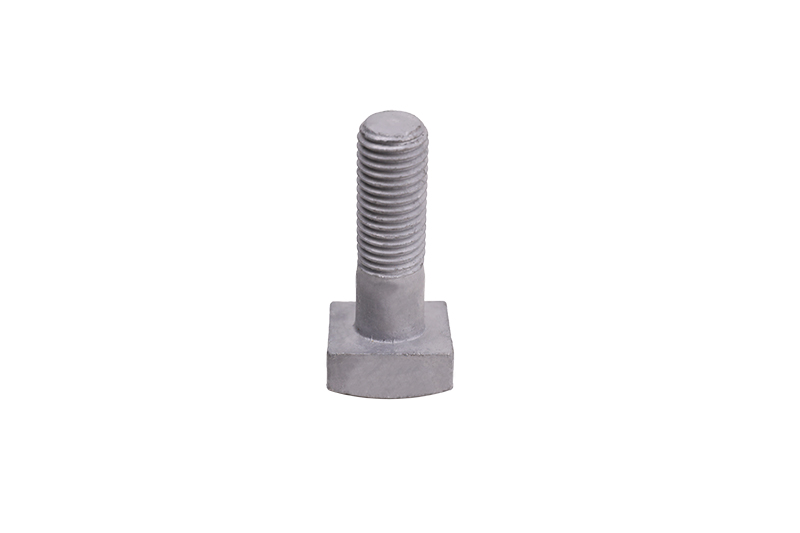Hex flange nuts are commonly used in conjunction with […]
Hex flange nuts are commonly used in conjunction with hex flange bolts. They are available in stainless steel and Class 8 steel, with a choice of finishes including zinc-plated and plain steel. Plain steel is prone to rust, and has a thread tolerance of six-hundredths. Normally, the threads of a hex flange nut are right-hand. When installing these nuts, they should always be of a strength grade equal to the screw's strength. These nuts are standardized to DIN 6923, which is the same as ISO 4161 and JIS B1190.
DIN6923 hex flange nuts are hex nuts with internal machine screw threads and a circular flange. The nut is either smooth or has serrated edges to bite into the mating surface. The large bearing surface provides enough contact area to span odd-shaped and misaligned holes. It is used in pipe connections and workpieces. Here are some examples of applications for this nut.
Hex flange nuts are often used in conjunction with hex flange bolts. They can be made of Class 8 and 10 steel, stainless steel, or a combination of these materials. Steels are available with zinc plated or plain finishes. Plain steel is prone to rust, and thread tolerance is 6H. They have right-hand threads and should be sized equal to the strength grade of the screw. DIN 6923 hex flange nuts are similar to ISO 4161 and JIS B1190.

Hex flange nuts are a type of fastener with a broader base than conventional hex nuts. Their larger bearing surface helps reduce the possibility of loosening or damage during assembly. The hex nut is available in non-serrated and serrated styles. Serrated flange nuts are designed to dispense material on the mating surface when wrenched into position.
A hex nut is larger than a flange nut. The larger size makes them more expensive to manufacture and to maintain. Hex nuts are better for high-tension applications because they can withstand greater deflection than hex nuts. The smaller size allows for a more precise torque measurement, which is important for avoiding over-tightening. The largest difference between a hex nut and a flange nut is their diameters.
Hex flange nuts are commonly used in truck-frame assemblies. They look like bolts, but instead of having a washer on the head, these nuts have a large bearing face. The large bearing face prevents the need for washers, and is therefore commonly used in truck-frame assemblies. Earnest stocks Hex Flange Nuts in Grade 8, which are designed for heavy-duty applications. They are available in a variety of materials, including stainless steel, carbon steel, and aluminum.
In addition to their strength and durability, a hex flange nut is easy to work with. Its large diameter helps to facilitate assembly. In addition, the flange nut is also a non-spinning washer that helps to distribute pressure on the part while preventing it from becoming loose or damaged. This type of nut can be serrated or plain, which makes it versatile in a variety of applications.